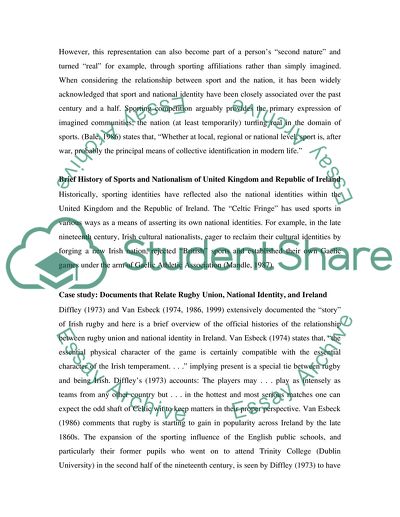Cite this document
(“Not Found (#404) - StudentShare”, n.d.)
Not Found (#404) - StudentShare. Retrieved from https://studentshare.org/social-science/1724187-rugby-union-and-nationalism-in-ireland
Not Found (#404) - StudentShare. Retrieved from https://studentshare.org/social-science/1724187-rugby-union-and-nationalism-in-ireland
(Not Found (#404) - StudentShare)
Not Found (#404) - StudentShare. https://studentshare.org/social-science/1724187-rugby-union-and-nationalism-in-ireland.
Not Found (#404) - StudentShare. https://studentshare.org/social-science/1724187-rugby-union-and-nationalism-in-ireland.
“Not Found (#404) - StudentShare”, n.d. https://studentshare.org/social-science/1724187-rugby-union-and-nationalism-in-ireland.


